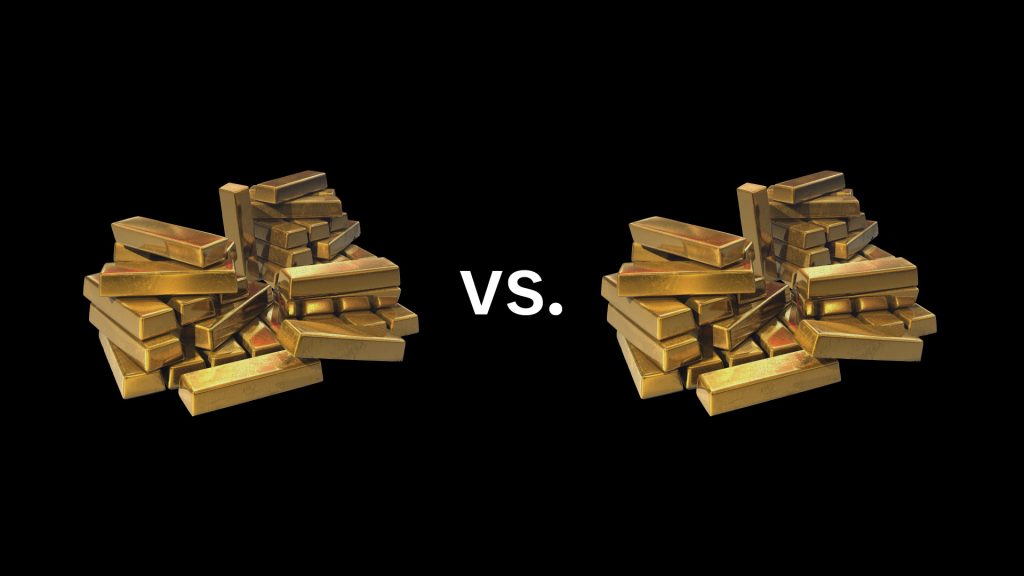| Procure investment-grade 1kg gold bars at spot +0.25%. Enquire within. |
| Procure investment-grade 1kg gold bars at spot +0.25%. Enquire within. |

Doré is a semi-pure alloy of gold and silver and for that reason it is an intermediate product in the refining process, produced at the mine site before being sent to a refinery for further purification.
In summary, bullion represents the end product in its purest form which is ready for investment or industrial use. Doré, on the other hand, is an alloy produced at the mining site and serves as an intermediate stage before further refining to achieve higher purity. Each has its role in the broader process of producing and trading precious metals and that holds true for our financial analysts working on physical gold holding as well.
Tell us, in the bullion versus dore trading, which side are you on?
About Us
Information
Individual Solutions
Commercial Solutions